Gobustan Azerbaijan: An Exciting Journey Through Time
Imagine a place where every stone holds the memory of millennia, and the wind seems to whisper the stories of ancient tribes. This place exists — the Gobustan National Park, just an hour’s drive from Baku. Here, time feels like it has stopped, allowing tourists to walk in the footsteps of people who lived long before cities and modern civilizations.
A World Painted on Rocks
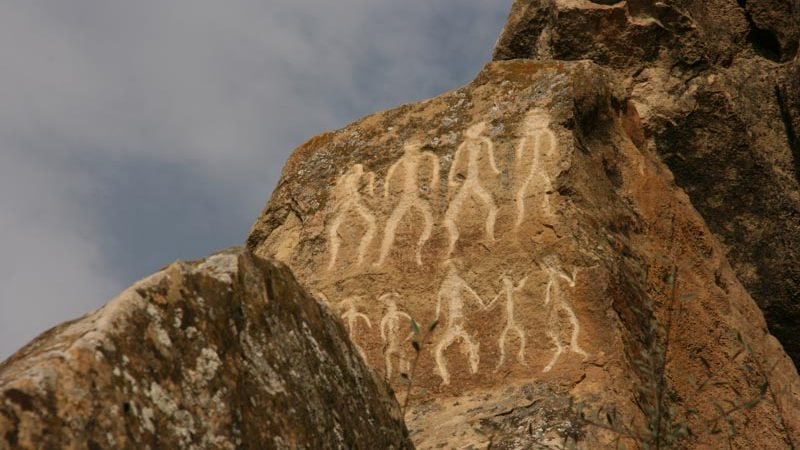
Gobustan’s main treasure is its petroglyphs — rock carvings numbering more than 6,000, some dating back 12,000–15,000 years. Each carving is like a page from a stone encyclopedia.
On the rocks, you can see hunting scenes, ritual dances, depictions of bulls, deer, goats, and even boats. The boat carvings are especially remarkable — they indicate that the Caspian Sea was once higher and came close to the foot of the cliffs, suggesting that the ancient inhabitants were fishermen and navigators.
One of the most famous carvings is the “Dance of Men”, where figures form a circle. Researchers believe this to be one of the earliest recorded symbols of collective rituals, connected to sun worship and reverence for nature.
From the Stone Age to the Roman Empire
Gobustan is unique in connecting multiple historical periods. In addition to prehistoric carvings, there is also a Roman legionary inscription from the 1st century AD — the easternmost evidence of Roman presence in Eurasia.
Imagine a soldier from faraway lands, possibly from Syria or Mesopotamia, standing at the foot of these cliffs and leaving his mark. This connects Gobustan not only to Azerbaijan’s history but to the broader narrative of the ancient world.
Rocks That Sing
Among the cliffs is a natural wonder called Gaval Dash (“the Stone Drum”). When struck, it produces a resonant sound similar to a drum. Scholars believe it may have been used in ancient rituals or even as a form of communication between tribes.
Tourists today love to test it themselves — striking the stone and feeling, for a moment, part of a ritual thousands of years old.
Natural Marvel: Mud Volcanoes
Gobustan is also famous for its mud volcanoes. Azerbaijan has around 400, almost half of all mud volcanoes on Earth. Unlike fiery volcanoes, these emit cold clay and gas.
The bubbling mud creates a unique landscape, almost otherworldly. Locals have long used the mineral-rich clay for skin and joint treatments. Tourists describe the volcanoes as resembling the surface of another planet — gray, mysterious, and strangely captivating.
Legends and Myths
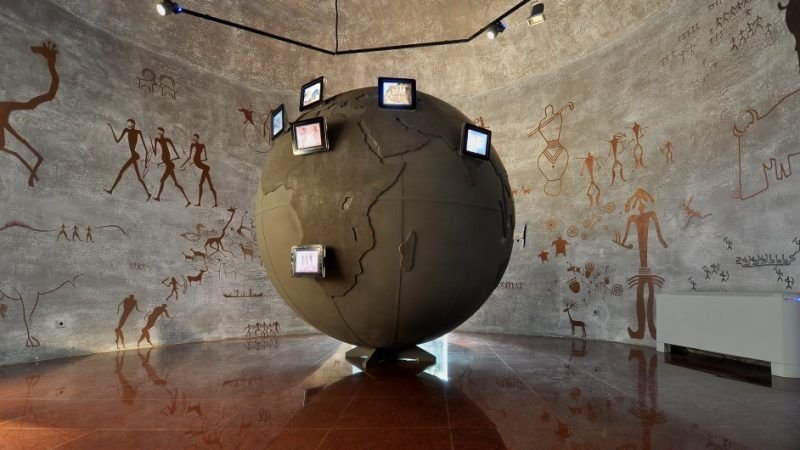
Gobustan is steeped in legends. One tale tells that the rocks served as gateways to the spirit world, and shamans would come here to hear the “voice of the earth.” Another legend suggests that each carving acted as a protective charm, ensuring hunters’ success and shielding them from evil spirits.
Even today, locals treat Gobustan with reverence, considering it a sacred and powerful place.
Open-Air Museum and Modern Experience
A modern museum in Gobustan helps visitors understand ancient life. Inside, you can see:
> reconstructions of dwellings,
> ancient tools and pottery,
> interactive 3D representations of rituals.
These exhibits provide context, but the real magic lies outdoors, among the rocks, where the history truly comes alive.
Tourist Experience
Visiting Gobustan is more than a regular tour — it’s an experience. Tourists often note:
> the profound silence rarely found in the modern world,
> the play of sunlight across the rocks at sunset,
> the feeling of standing where people drew animals and boats 15,000 years ago.
This unique atmosphere gives a sense of eternity and a deep connection to human history.
Practical Tips for Visitors
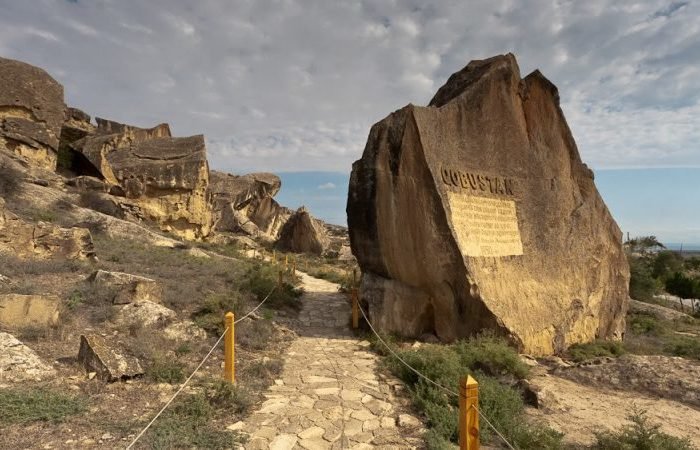
> How to get there: about 65 km from Baku, roughly an hour by car; guided tours or taxis are available.
> Best time to visit: spring (April–May) and autumn (September–October); summer can be very hot.
> What to bring: comfortable shoes, water, and a hat.
> Nearby attractions: mud volcanoes and the Caspian coastline.
Interesting Facts
> Gobustan has been a UNESCO World Heritage Site since 2007.
> Azerbaijan has the largest number of mud volcanoes in the world.
> Beyond petroglyphs, ancient human settlements with pottery and animal bones have been found here.
> Many petroglyphs have survived in remarkably good condition despite thousands of years.
Why You Should Visit Gobustan
Gobustan is a rare place where one can witness the journey of humanity from prehistoric times to the Roman era. Every stone tells a story, while nature provides a dramatic backdrop worthy of a film.
For tourists, it’s more than sightseeing — it’s an opportunity to feel history with your own eyes and ears, to hear the sound of the stone drum, breathe the steppe air, and see symbols left by our distant ancestors.
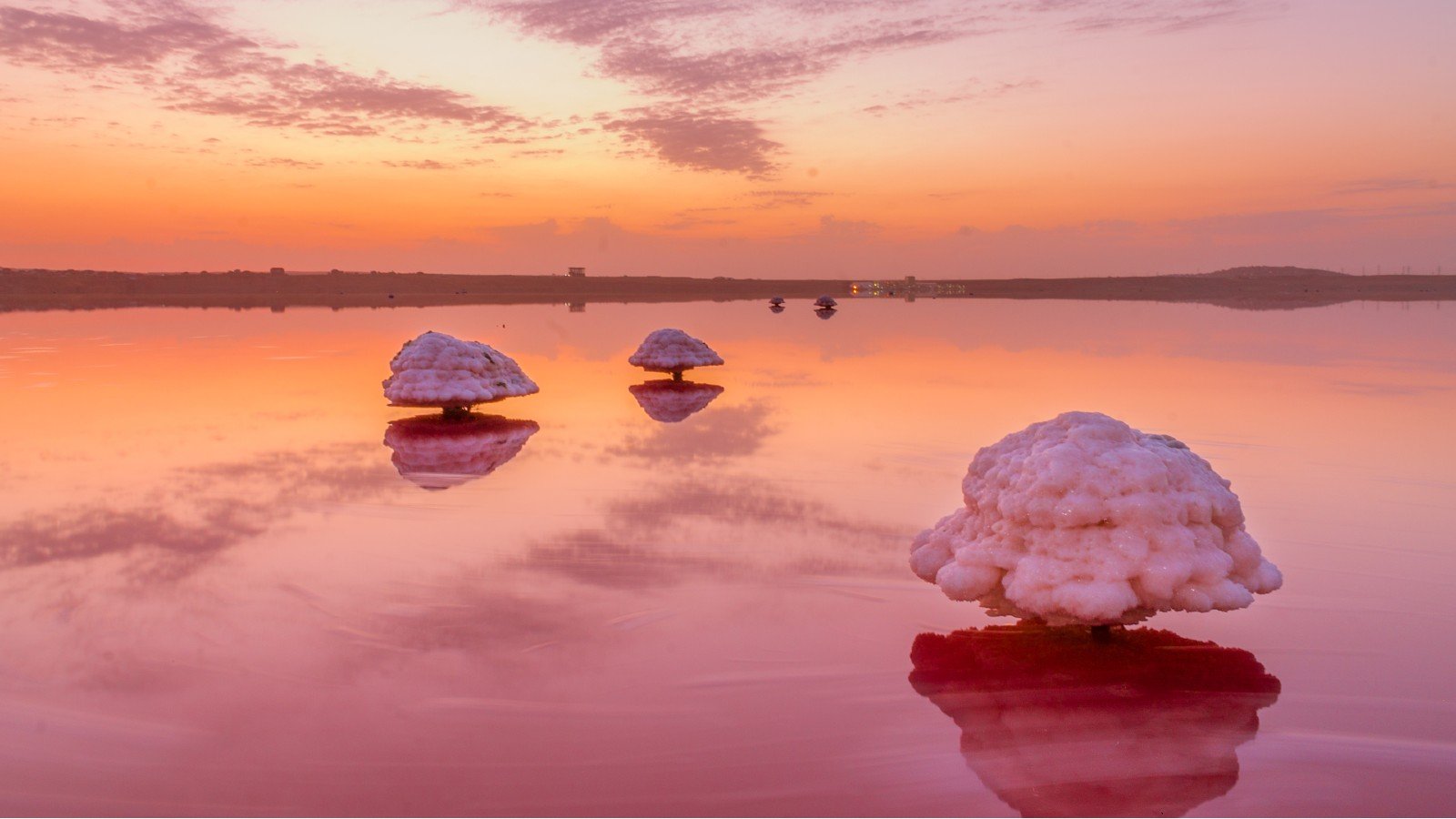
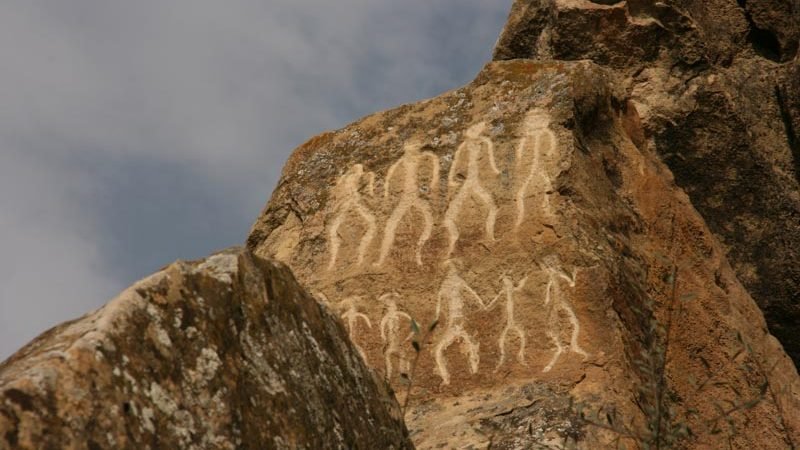
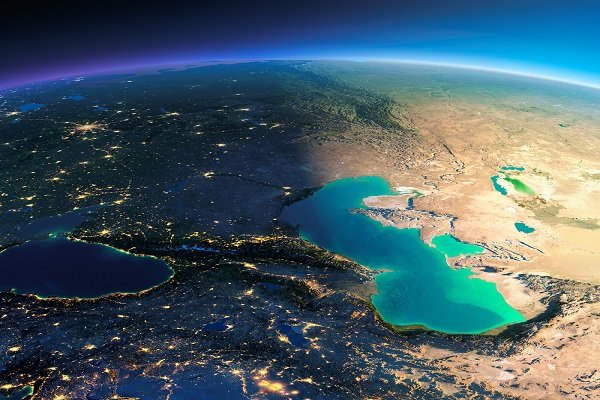
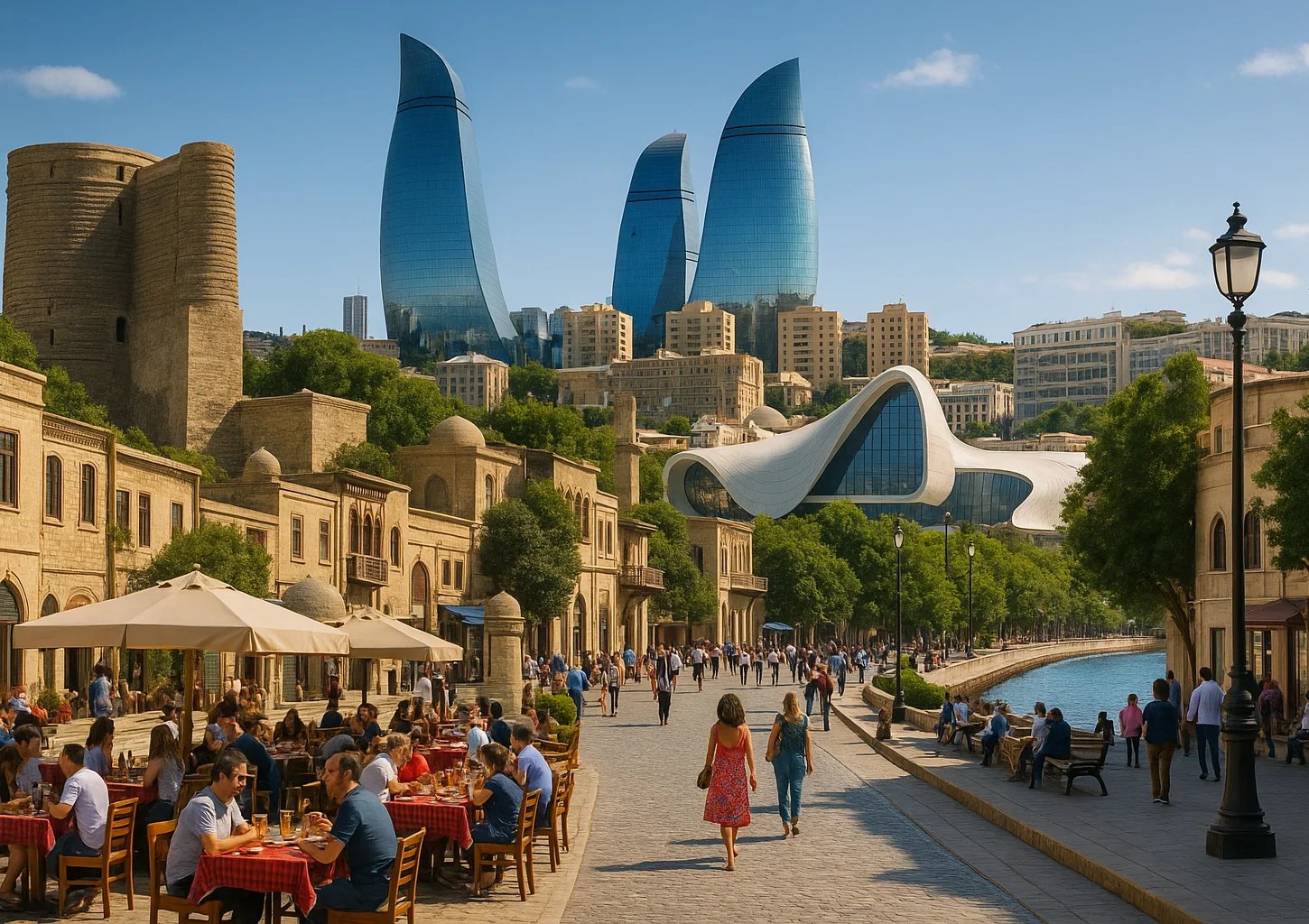





Comments
No comments yet.
Leave a Comment